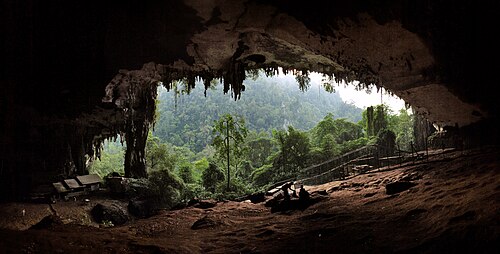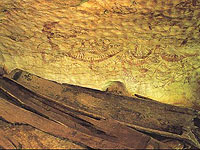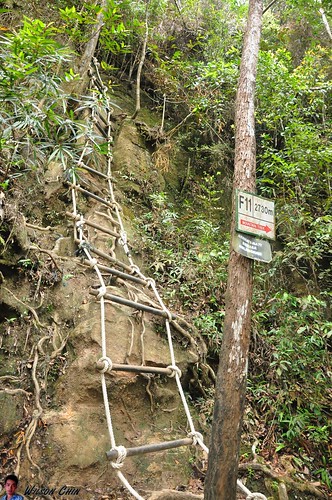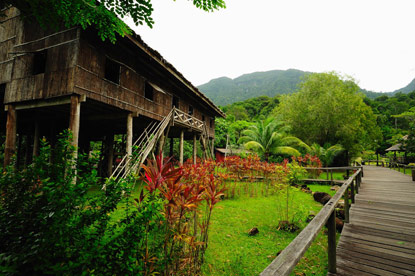Bario
Bario is a Malaysian village located in the centre of the Kelabit Highlands in the north east of Sarawak, very close to the international border with Indonesian Kalimantan, and 3280 feet above sea level. It is the main settlement in the Kelabit Highlands. There are regular flights between Bario Airport and Ba'kelalan, Marudi and Miri.
History
Over a century ago, the Kelabits were somewhat involved in headhunting raids, not so much for ritual purposes but as a means to prove one’s courage, bravery or valour, and to get even with their enemy. However, things have changed. Today among other things, the Kelabits are well known for their friendliness and hospitality. They embraced Christianity during the 1940s through the influence of Guru Paul, also known as Nimang Tepun.
In the year 1946, the first school was opened by Tom Harrison, who lived with the Kelabits for two years after the Second World War. In the year 2001, the Bario community was named as one of the Top Seven Intelligent Communities by World Teleport Association.
People
Location
The Kelabit Highlands is tucked in the north eastern of Sarawak and is very close to the international border between Kalimantan and Sarawak. Bario is located on the Kelabit Highlands, 3280 feet above sea level. It is the unofficial capital of the Kelabit Highlands. All roads lead to Bario. Due to geographical barrier, this wonderful place is isolated from the rest of the world.
Unique
Handicraft
The Kelabits value ceramic jars, brass gongs and beads. These items are inherited from their ancestor. The beads are used to make beaded hats (peta baa' rawir) and necklaces that are worn by the Kelabit women especially on special occasion. Visitors can purchase some of these beads as souvenirs too.
Musical instruments
A traditional musical instrument is the sape', a plucked lute instrument. It is carved from tree trunk in an elongated rectangular shape with a homogenous neck extending from one end of the body. Formerly, its three or four strings were made from finely split rattan, but today they are made of wire strings.
The Kelabit also play the pagang (tube zither), which is made from a length of bamboo tube closed at both ends by its natural bamboo nodes. The strings are finely cut strips from the surface of the bamboo tube itself, which are still attached to the tube at either end. On special occasion such as Iraus or during visits by VIPs (Very Important Persons), the school children will form a bamboo band where all the musical instruments that are played are made from bamboo.
In 1946 the first school was opened by Tom Harrison, who lived with the Kelabits for two years after the Second World War. In 2001 the Bario community was named as one of the Top Seven Intelligent Communities by World Teleport Association.













